HMS Somerset has been honing its anti-submarine warfare skills in the Norwegian fjords, charging at allied submarines at full speed as part of Exercise Arctic Dolphin.
According to a Royal Navy news update, the two-week exercise tested trainee submarine commanders from Norway and the Netherlands while sharpening the Royal Navy’s ability to track and engage underwater threats.
The Plymouth-based Type 23 frigate, along with its Merlin Mk2 helicopter from 814 Naval Air Squadron, played the role of the enemy, relentlessly hunting Norwegian and Dutch submarines in a complex game of cat and mouse. The exercise involved high-speed approaches and complex manoeuvres designed to push submarine commanders to their limits.
Commander Matthew Court, HMS Somerset’s Commanding Officer, highlighted the importance of the exercise in the update:
“This exercise has again proven the strength, co-ordination, and readiness of our NATO forces. Operating alongside our international partners, we continue to demonstrate our commitment to security and stability at sea.”
The exercise saw HMS Somerset collaborate closely with NATO allies, including Norwegian, Dutch, and Danish forces. The Danish frigate HDMS Niels Juel played a supporting role, with its Seahawk MH-60R helicopter landing on Somerset’s deck as part of interoperability training.
A Merlin Mk2 helicopter from Mohawk Flight was critical in the operation, using its powerful sonar suite to detect and track submarines in the challenging underwater terrain. The Merlin’s sensors, including active dipping sonar, passive and active sonar buoys, radar, and infrared cameras, allowed it to detect submarines even at periscope depth.
Lieutenant Charlie Homer, a Mohawk Flight pilot, described the intense nature of the training:
“The training has been a game of cat and mouse; there were occasions when we had the advantage over the submarine and also occasions where the submarine made it very difficult for us.”
Exercise Arctic Dolphin is a crucial event for NATO’s submarine warfare training, particularly for submariners undertaking their version of the Royal Navy’s rigorous Perisher Course—the grueling test that determines whether a commander is fit to lead a frontline submarine.
Lieutenant Gregor Phillips, Submarine Liaison Officer on HMS Somerset, had the opportunity to observe training first-hand from aboard the Dutch Walrus-class submarine HNLMS Zeeleeuw. He was quoted as saying:
“This was the best way to properly understand what ‘Teacher’ was trying to achieve with his student captains. It allowed HMS Somerset to support their training to a much higher standard by creating challenging eyes-only scenarios through the periscope.”
At the UK Defence Journal, we aim to deliver accurate and timely news on defence matters. We rely on the support of readers like you to maintain our independence and high-quality journalism. Please consider making a one-off donation to help us continue our work. Click here to donate. Thank you for your support!


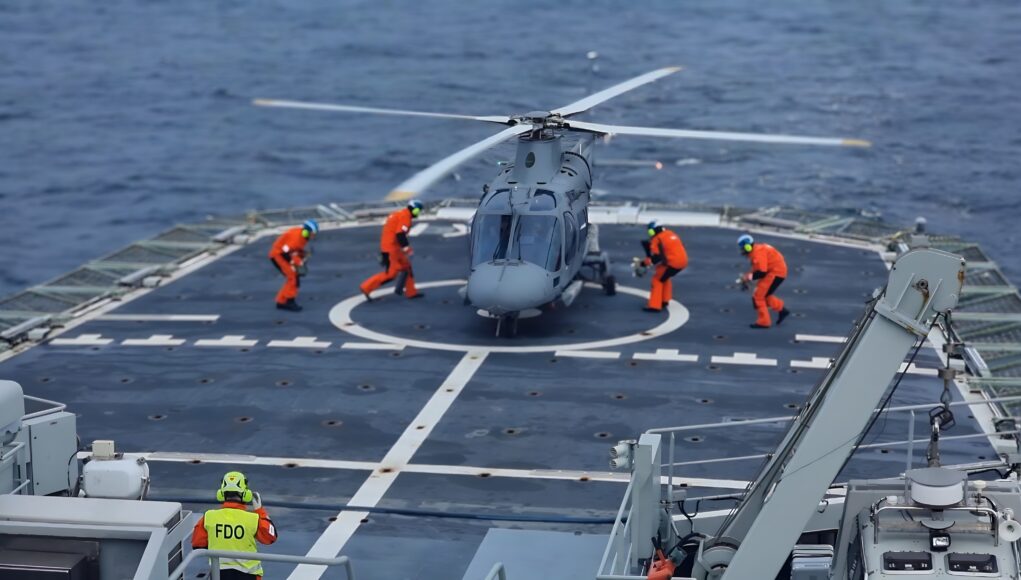
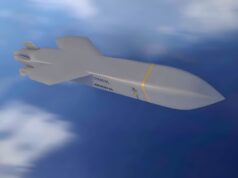
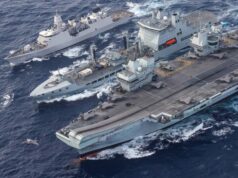
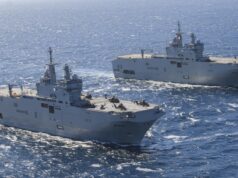

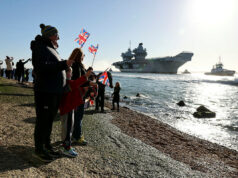


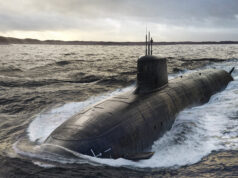
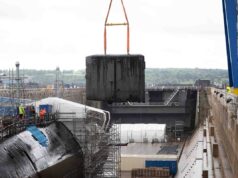
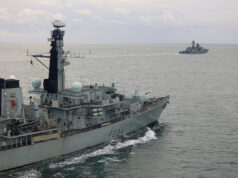

A glimpse into ASW training!
So what’s new. In 1954 I was in the Londonderry Flotilla ( 6 ships I believe) and our sole purpose was that of Arctic Dolphin day in and day out without helicopters and ‘ brother/sister attacks at night negative navigation lights . We had a break in the summer to participate in the Summer War with other surface vessels of NATO.
It’s interesting that the RN for both its perisher and ASW practice close in ASW warfare, and yet they have not fitted a close in ASW weapon on the T26 or a hull sonar on the T31 or a close in weapon system..and yet scaring the hell out of a submarine and making it run away and hide is as I understand it core to ASW, especially against electric boats that don’t have the speed or endurance to re engage.
Are submarines still armed with torpedoes? I take it our frigates have anti torpedo weapons?
Think again,only some do… hopefully the enemy attacks the correct ship.
Is this a serious question ?.
Is that not the most useless thing as it gives off a massive sonar bloom while blinding your own system
I think the idea is to scare the submarine crew so much that they are more interested in their own survival than sinking your carrier.
Good photo shoot 🤗 🇬🇧
Thank you…really interesting…..
For a moment I thought the submarine accused the frigate of being trapped in a disinformation bubble.
Charging at a deep running sub.. what a load of bollocks
Good training but also a serious sales pitch for selling the T26/Sonar 2087/Merlin combo to Norway, decision expected in the summer. Non-UK media reports have the French FDI design as being favoured over the T26 due its lower price whilst still hitting all of Norway’s requirements, including the first unit in service by 2030. But you never know – the T26 design wasn’t considered the favourite in either Australian or Canadian competitions, and won. Also the T26 does have a surprisingly high level of Norwegian content, and BAE Systems is presumably looking hard at how that can be increased, e.g. BAE Australia has a tie-up with Vard Shipbuilding Norway that might be leveraged.